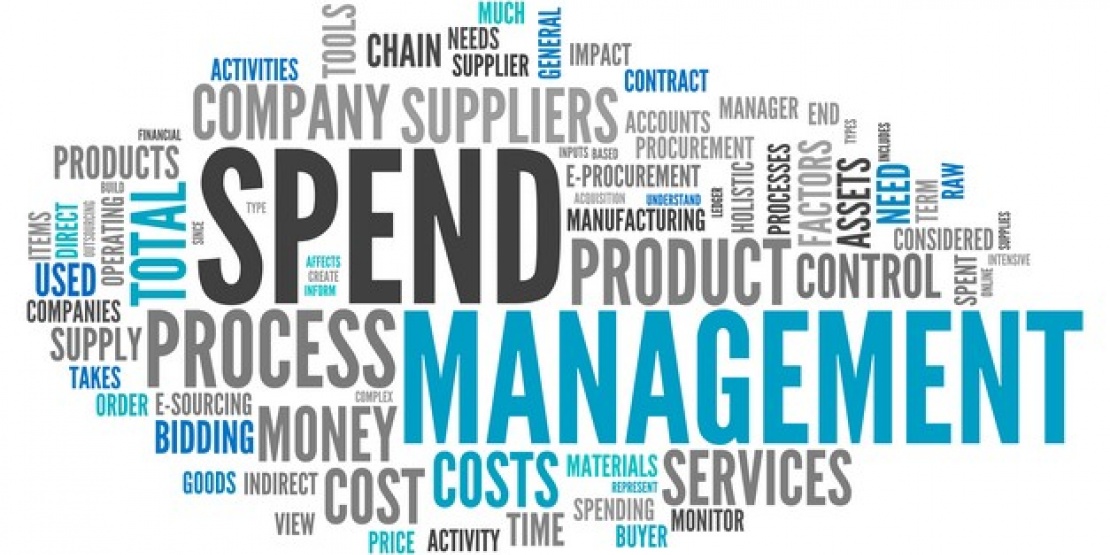Spend management, or cost control, is a real asset for raising the company's performance bar and very often represents one of the top priorities for procurement departments. After taking an in-depth look at the existing situation (collecting, compiling, assessing and maintaining data), an improvement plan can be rolled out to drive down costs, improve efficiency and bring incoming, monitor and control workflow.
The key to superior performance is a spend management strategy that spans the entire procurement chain, from issuing purchase requisitions through to receiving goods and managing supplier contracts.
Follow the seven steps described below to enhance your spend management process and gain a competitive advantage.
1. Identify the sources of spending
Since there are a wide range of spending sources scattered throughout the company, collating and identifying those sources is a time-consuming process. That is why you are advised to implement a solution that can automatically track them down at the source. This approach gives the company an insight into all its spending and helps eliminate any risk of duplication .
2. Compile the data
Once all the data has been identified, it must be centralised in a single system (the accounts department is usually responsible for this process). Since some data may be "sensitive", confidentiality must be ensured when processing and filing.
3. Ensure data accuracy
Data is collected with the aim of reducing spending, so it must paint a real picture of the situation inside the company. This means that the data must be verified and cleansed to guarantee a sound baseline.
4. Define spending categories
At this stage, data must be categorised and arranged to produce a global analysis of the company's needs. It is important to bear in mind that the defined categories must cover all types of spending.
5. Analyse the spending
Once collected, compiled, cleansed and categorised, the data can be analysed to identify recurring expenses and unearth any anomalies, accurately assess the percentage represented by each category, and so on. This task can easily be performed by an artificial intelligence (AI) solution.
6. Implement an optimisation strategy
The strategy for improving spend management can then be defined and deployed in stages if necessary. Rollout often entails a number of changes for stakeholders. Therefore, it is important to be mindful of employees' insights and feedback (they may be adversely affected by the change) to ensure that everyone has engaged with the project.
7. Make provisions for unplanned spending
Data collection must obviously be an ongoing activity and will help identify any spending "spikes" during the year. Greater anticipation of such peaks in spending will ultimately bring greater control over the procurement budget throughout the year.
Spend management is clearly an important exercise whatever the organisation's level of maturity, and its value, driven by procurement and senior management, will grow as expenditure increases.
Expenditure typically tends to run away when organisations fail to keep a close eye on their spending, which explains why control is so essential. For the sake of a company's stability and future prospects, it is advisable to choose a daily cost control strategy without waiting for the situation to become critical.









